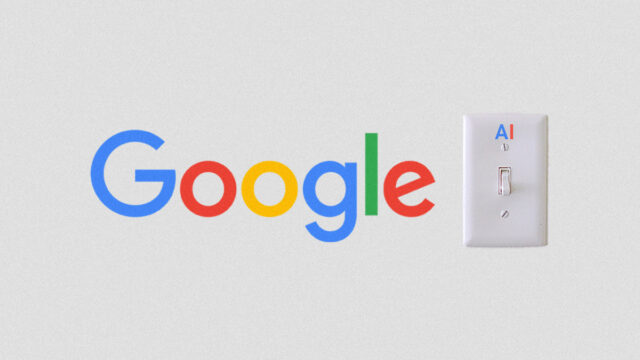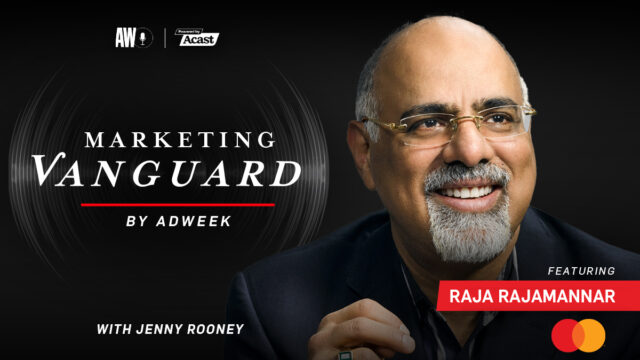Fine-tune your media, marketing and technology strategies at the Convergent TV Summit on October 25 with expert insights and strategies from the pros. Register now to save 35% on your pass.
This year started on a musical note for Mastercard with the launch of the Mastercard Artist Accelerator in April, a Web3-based program supporting emerging artists. So far, the results are music to Mastercard’s ears.
The financial payment processor’s bullish Web3 investments have positioned Mastercard as a technologically advanced company that has led to a positive revenue impact, Raja Rajamannar, Mastercard’s chief marketing and communications officer, told Adweek. This was especially the case among Gen Z audiences, who showed a proclivity for selecting Mastercard for its products or services when making purchasing decisions.
Web3, driven by technologies like virtual reality, augmented reality, blockchain, cryptocurrencies and non-fungible tokens (NFTs), has lost some of its charm within the ad industry. According to data from NFT aggregator CryptoSlam, NFT sales in July amounted to $495.6 million, a 23% decline from the previous month’s total of $646.1 million.
For Mastercard, NFTs still present a multitude of possibilities for marketers.
“A couple of years ago the NFT market experienced explosive growth, generating headlines and selling for tens of thousands, even millions of dollars,” he told Adweek. “As this market has matured, we’ve seen the cooling of vanity NFTs in favor of utility NFTs. An example would be tokens that unlock gated content or rewards [in the Artist Accelerator program].”
Mastercard’s Artist Accelerator program, built on the Polygon blockchain, featured global five artists who livestreamed shows presented by Billboard, marking their debut of the AI-driven singles produced through the program
To that, the community-focused Web3 program opened up new revenue streams for nearly 100,000 music artists who used the platform to access free educational materials, create generative AI music and mint NFTs.
Of the 100,000 platform sign-ups, 5,000 music artists used the platform to mint NFTs, according to Rajamannar. Fans of these artists who purchased their NFTs were rewarded with discounts on future album releases or exclusive private concerts.
“That’s why we continue to experiment with Web3 and NFTs. Our focus right now is ensuring our NFTs have a compelling utility,” he said.
Five artists selected by Mastercard to chronicle their journey using the platform’s Web3 capabilities, who otherwise struggled with discoverability, collectively grew their fan following on platforms like Spotify by 73,000.
Audio branding builds identity
Mastercard’s venture into Web3 and the world of sound has roots beyond its Artist Accelerator program.
Rajamannar, speaking at Zeta Live 2023 at Times Center in New York this week, noted that people are bombarded with an overwhelming visual avalanche of 3,000 to 10,000 average commercial messages every day. In this challenging landscape, the ability to capture and retain people’s attention has become a paramount concern for brands.
To counter, Mastercard has focused on sonic branding as a way to differentiate. In 2019, the company debuted its sonic brand identity, a sound architecture that builds familiarity.
At the heart of Mastercard’s sonic strategy lies its distinctive melody of 1.3 seconds that accompanies every successful Mastercard transaction. On average, Mastercard processed 33 billion transactions per quarter over the past year, or 366 million per day, driving this sonic branding to reach a global audience.
“Since we launched this, we have become the world’s number one audio brand,” said Rajamannar, referring to the report by Best Audio Brands Index. “For four years in a row, we have held that position.”
While visual messages struggle to compete for recognition, the auditory senses offer a relatively untapped avenue for brands, underscoring Mastercard’s commitment to audio branding to break through the noise, capture attention and establish a consistent brand identity.
“For a brand, if you have to stand out have to think of going beyond the visual methodology,” said Rajamannar. “There is no audio saturation as there is a visual saturation.”
This post was originally published on this site be sure to check out more of their content.











